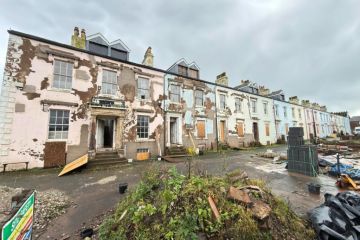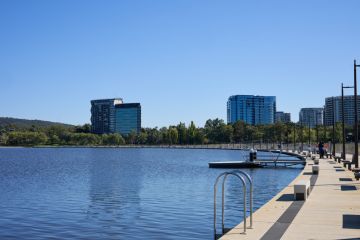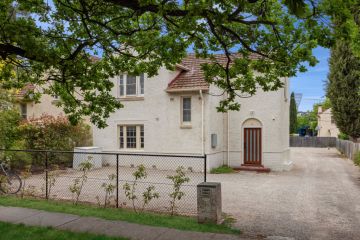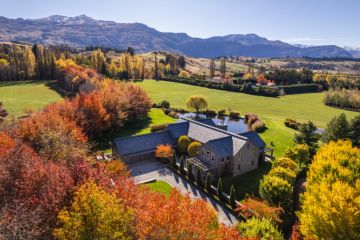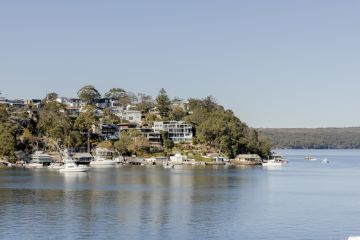Historic Coonac in Toorak
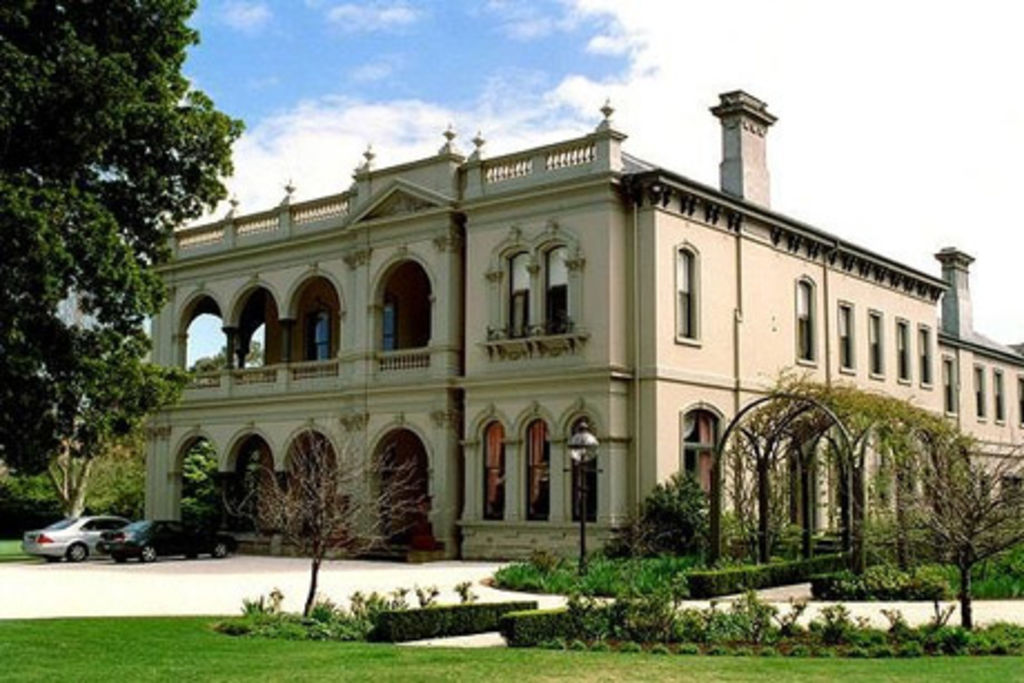
Clendon Road is one of Toorak’s magnificent leafy streets, Coonac is just one of a number of significant homes often barely visible behind large gardens and high brick walls.
According to the National Trust in 1993 the home was one of the most significant properties in Toorak. It was selected it for the first classifications in the 1950s. It was also once home to politician and financier William Baillieu
The house is one of the few remaining Toorak mansions on its original subdivision block.
Built in 1867 for a pioneer pastoralist, Robert Ronald, Coonac is the oldest surviving mansion from the Crown allotments sold in 1849.
These days the Italianate double-storey mansion of 130 squares on 10,000 square metres, has 20 rooms, a tennis court, pool and cabana, park-like gardens, sweeping lawns, stone paving, ornate fountains and extensive outbuildings with 200-metre frontage.
Architecturally, the mansion is in the tradition of the early Italianate residences in Australia. According to the National Trust, “Coonac is particularly Australian in design, adapting the neo- classic and picturesque concepts of 19th-Century English architecture to suit a hotter and harsher climate by the use of a wide two-storey loggia or piazza.
“Coonac is architecturally very interesting as it forms a link between the restrained style of the earlier Italianate residences and the extravagant boom-style mansions of the 1880s.”
The mansion’s fortunes since then have reflected the financial ups and downs of the rest of the country. Just as in the more recent boom, the mansion’s owner ran into trouble after the 1880s land boom.
By 1893, when owner, John Robb, was left with large rural losses and a debt of £860,000, the Federal Bank foreclosed on the mortgage.
From 1948 to 1986, Coonac operated as a Commonwealth rehabilitation centre, a use that saved it from subdivision in the 1950s and 1960s when many mansions were demolished to make way for blocks of flats.
By the time flamboyant property developer Livio and his wife Josie Cellante entered the picture in 1986, decades of institutional use had taken the shine off the building’s charms but its structure remained sturdy.
After paying $3.8million for it, the couple launched into a multimillion-dollar refurbishment of the mansion’s 13 main rooms and servants’ quarters, a project that took 30 trades-people four years to complete. Much of the renovation and money spent on the National Trust home was at Mr Cellante’s expense.
The next owners would inherit a house in its prime, with a drawing room, billiards room, two dining rooms and a kitchen to lounge about in downstairs, and five bedrooms each with marble en suites upstairs. The servants’ quarters also provide a four room self-contained flat.
It is not just an impressive room count that makes the property significant, there are some beautifully crafted original features. The Cellantes found under the tatty carpets a geometrically patterned parquetry floor inlaid with five different types of timber.
The double-spaced carved timber staircase, the central vestibule and a first-storey arcaded loggia top lit by a beautiful stained-glass roof lantern are also very fine features.
The main bedroom – a mere slip of a room at 4.5 by 10 metres – features hand-painted and bulls-eye glass forming an entrance of grander scale than the front door.
After the Cellantes renovations, as well as its own spa, each bedroom has a specially designed carpet of a different hue and pattern. Marble mantels, lavish drapes, marbled columns and gilded pelmets add to the impact of this over-sized house. Even the skirtings are half a metre high.
A swimming pool, terrace, formal gardens (and a residence for the gardener needed to maintain them), four-car garage and even a bandstand go with the property.
The Cellante’s found themselves in financial difficulties in 1993 and Coonac was sold by tender by ANZ for what was an undisclosed figure, but at the time believed to have been about $4 million-plus.
Brian Blythe, according to property commentators, bought the mansion for a song, around $4.5 million, as was later disclosed. It was still the most expensive residential property sold in Melbourne that year.
Before the ’80s stockmarket crash, it was expected to fetch $15 million
Around 741 pieces of exotica were auctioned from the Clendon Road premises prior to Blythe moving in and were labeled in the auction catalogue, as “the contents of Coonac”. The Herald however noted that the catalogue made no mention of the Cellantes and that the furniture looked nothing like the collection assembled by Josie Cellante during restoration of the property
Speculation was rife that the Cellante furnishings were sold off months prior to the auction to try to cover their bills.
In 2002 the 142-year-old Coonac smashed the record price for a Melbourne home, selling for a reported $14.6 million.
The expansive grounds and luxurious interior of the Coonac made it Melbourne’s most expensive property. The mansion, on the largest privately owned single lot in Toorak, was sold by Spotless head Brian Blythe to Toll Holdings boss Paul Little through Kay & Burton.
At this time the property was advertised as having seven bedrooms and six bathrooms (this included the servants quarters presumably) and had a hefty municipal rates bill of $13,878.99. The gardens had been regularly opened to the public.
In 2007, as if owning one of Toorak’s largest landholdings wasn’t enough, Little added 930 square metres of land to his 1.1-hectare Coonac estate on Clendon Road by buying the house behind his back fence.
He and his wife, Sarah, paid $2.6 million to buy the adjoining land. The couple is believed to have spent more than $1 million renovating the two-storey house.
Unrenovated Mullion, the distinctive Prairie-style stone-and-stucco property at 6 Stonehaven Court, was designed by architect Walter Burley Griffin.
It was reported after Mr Little bought Mullion that he would tear down the back fence, which divides the 930-square-metre block from his 1.1-hectare (or 11,000-square-metre) Coonac estate on Clendon Road.
He would then create a guest house and acquire frontage on a second street, at the centre of Toorak’s AAA belt.
In 2009 the Littles decided to rent out the house, rather than incorporate it into the backyard of the huge Coonac estate. The property appeared online for rent at $1695 a week, or just over $88,000 a year.
Timeline
1867: Built in for pioneer pastoralist Robert Ronald.
1893: Federal Bank foreclosed on the mortgage of indebted owner John Robb.
1948 – 1986: Operated as a Commonwealth rehabilitation centre
1986: $3.8 million paid by Livio and Josie Cellante
1990: $4.5 million (estimated undisclosed sum) paid by Brian Blythe
2002: $16 million (estimated undisclosed sum) paid by Paul Little for
with JUSTINE COSTIGAN , MARC PALLISCO
We recommend
States
Capital Cities
Capital Cities - Rentals
Popular Areas
Allhomes
More
- © 2025, CoStar Group Inc.

